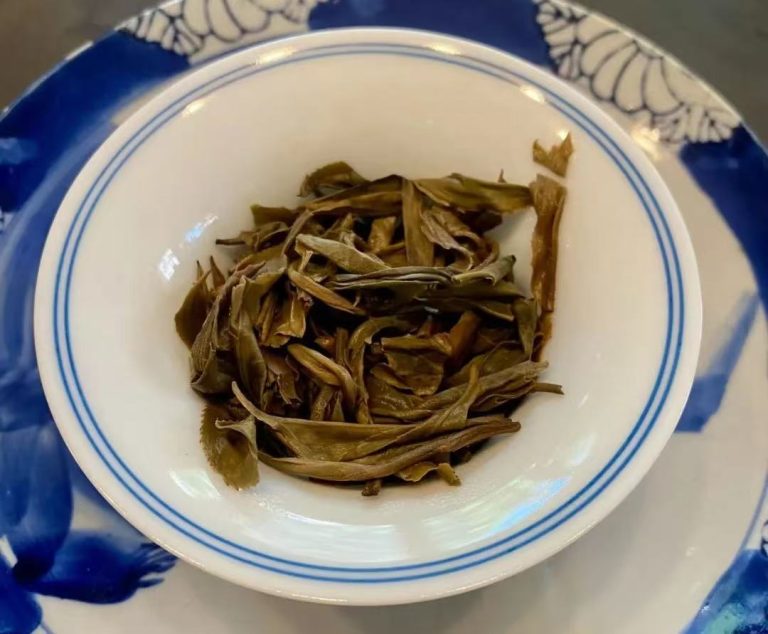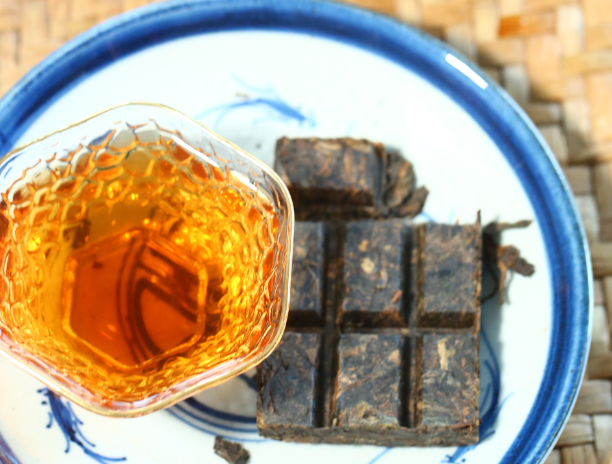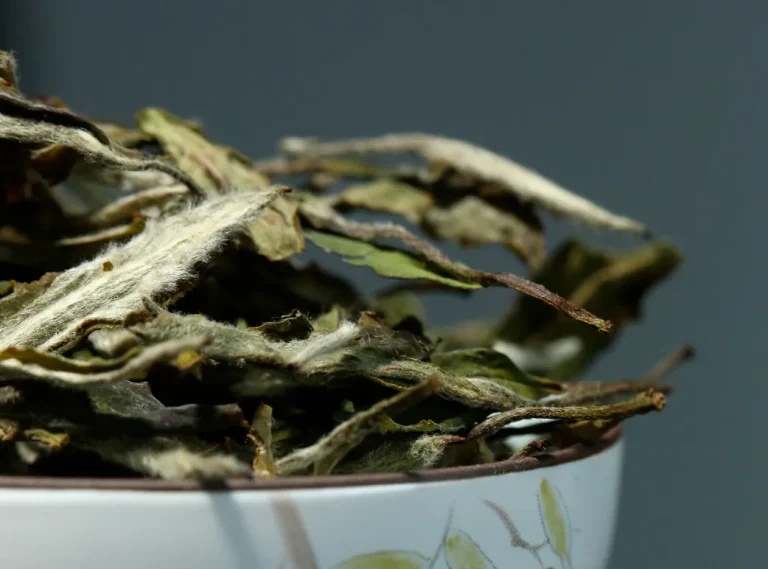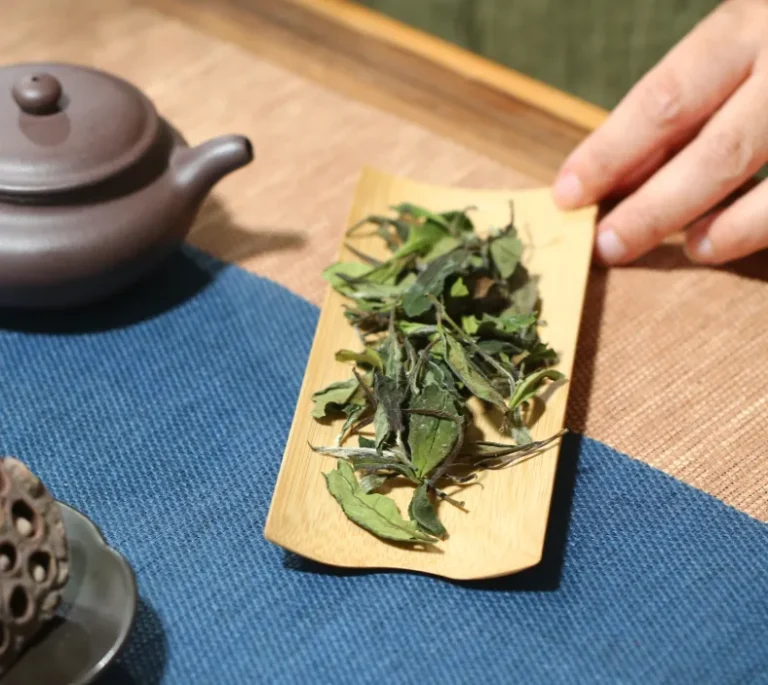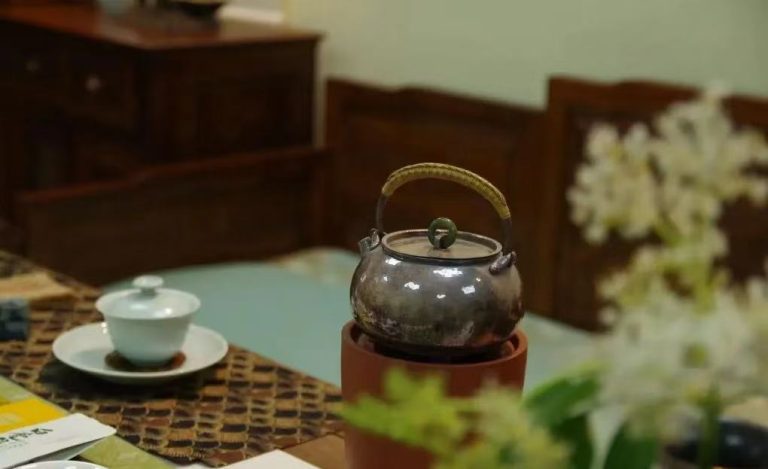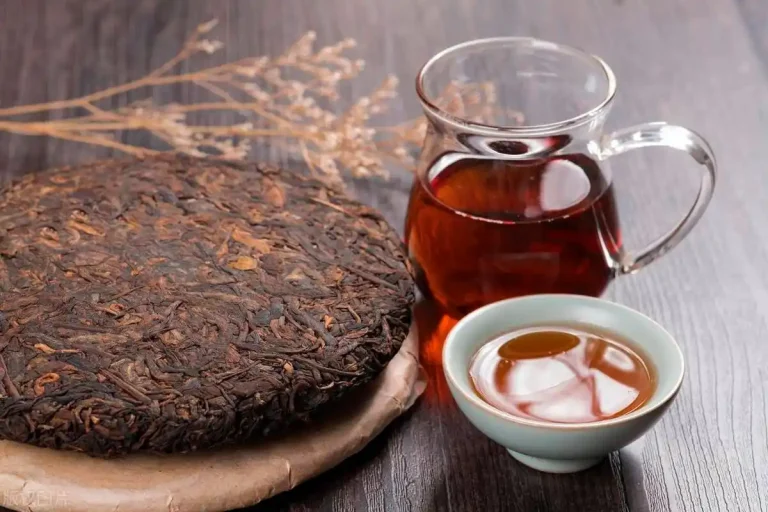Friends, if you love tea, you must be no stranger to Pu’er tea, right? Its unique aroma and flavor have captured the hearts of many tea lovers. But at the same time, the Pu-erh tea market is a mixture of good and bad, if you are not careful, you may spend a lot of money to buy poor quality products, not only to drink up spoiled, some may also affect your health. Don’t worry, today we will talk about, “poor quality Pu’er tea” what exactly? What is a look (a drink) can be found broken?
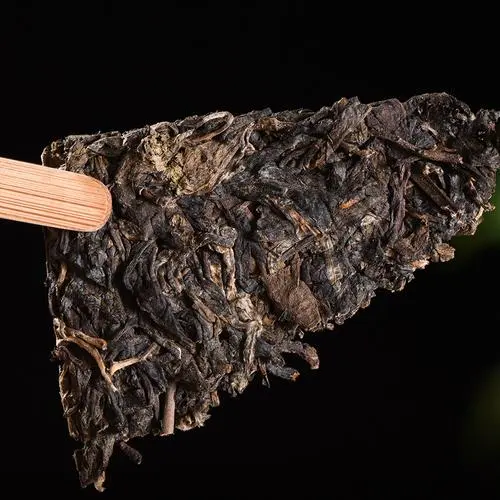
Don’t be fooled by the fancy packaging, when choosing tea, first look at the dry tea carefully!
When the tea arrives, don’t rush to brew it first. Look carefully at the state of the dried tea (that is, the tea before it is brewed), which is the first threshold for selection:
- The look is too rough:
Tea leaves look loose, dried out, bent, or even feel solid? Does the tea feel light and flimsy? Are there a lot of crumbs? These are often the signals of rough craftsmanship or raw materials. - The raw material is obviously low-end: the buds are very little
The bottom of the leaf is thin and small? Old leaves and young leaves are mixed together, very uneven? This indicates that the raw material picking standard may be on the low side, or the grade is not high. - The colors are “dead”:
Is the color of the tea dull and yellow, as if it has withered? Or is the tea dull and yellowish, like wilting? Or is it grey and lustrous, with uneven patches of color, and overall lack of vibrancy and moistness? The color of a good tea should be relatively vibrant. - The odor is not right! (emphasis added!) :
Get close enough to smell the dried tea, if there is an obvious stale “old smell” (a bit like the smell of dried straw), not refreshing to cover the stuffy, or even frowning moldy, smoky, burnt, sour, or other messy strange smell, put it down quickly! Odors are often a sign that the quality is poor or even has gone bad.
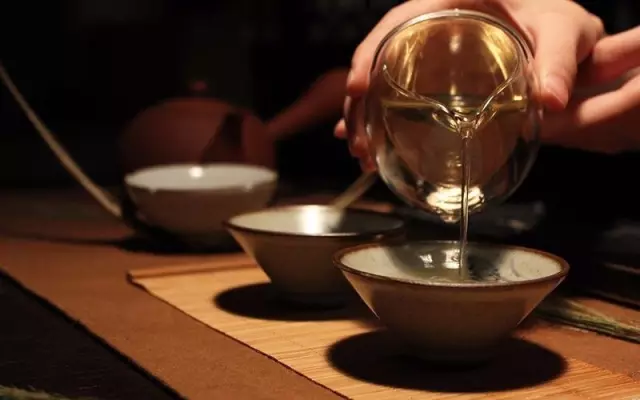
Not enough to see? Brew a bubble, immediately “present form”!
Good tea is not afraid of boiling water. Hot water, the tea “connotation” can not hide:
- The aroma is not powerful:
When the heat is hot, smell the cover bowl or fairway cup, the aroma is not refreshing? Smell short, stifling, or just smell a little fragrance, quickly scattered? The aroma of good tea should be relatively pure and long-lasting. - Soup color “dirty”:
Pouring out the color of the tea soup is turbid and opaque, looking gray, poor brightness? Like a layer of gray? The soup color of a good cup of tea should be bright or clear (even if the vintage is long and the gelatinous feeling is strong, it should not be cloudy and stagnant). - Drinking “want to sigh”:
Is the tea bland in the mouth, like drinking plain water with no flavor? Or a mouth is bitter and astringent, stimulate the unbearable, the key after the bitter astringent, the mouth has no sweetness and the feeling of the birth of the flu? That would be a pity. Good tea even if there is bitter and astringent (some varieties of characteristics), usually can be quickly transformed into sweetness and vitality.
Don’t waste it after drinking it, the bottom of the leaf is a “demon-spotting mirror”!
Don’t be in a hurry to pour after drinking, pick up the tea dregs (leaf bottom) after brewing, and the truth will come out:
- The leaves tell the truth:
You can’t find any tender buds in the bottom of the leaves? There are quite a lot of coarse old tea stalks. The color is messy, with different shades? The color is messy, with different shades? It’s hard to touch and crumbles easily when you twist it? The shape, size and length of the leaves vary a lot? This means that the raw material is coarse and old, improper craftsmanship or very low grade. - The most outrageous comes:
Occasionally, you will also pick out some debris in the tea residue that is not tea leaves? The hygiene of the process is really sweaty!
Comparison of the bottom of the leaves after brewing:
The bottom of the leaves of high-quality tea with complete buds and leaves, uniform color and elasticity, and the bottom of the leaves of low-quality tea with many stems and leaves, broken and mottled in color.
Summary Tip: To judge the quality of Puerh tea, there are actually two major aspects to look at!
“Appearance” – the appearance and smell of dried tea:
Focus on observing whether the shape of the tea sticks is proportional, the degree of old and young, whether the color is fresh and moist, and then the most critical smell – whether there is a strange smell.
“Talent” – the performance after brewing:
The essence of the tea is stimulated by the hot water, feel its aroma with your heart, see its soup color with your eyes, taste its flavor with your mouth, and finally verify the state of the leaf bottom.
Selecting tea is like recognizing a person, you can’t just look at the “skin” (packaging), but also look at its “content”. After learning these simple but effective “sensory identification method”, you can greatly reduce the probability of stepping on the pit. Of course, Pu-erh tea is a very profound subject, and the origin, process and year will all affect the final performance. But remembering these basic “warning signs of poor quality” can at least help you keep those obvious problems out of the door!
Next time you buy tea, you may want to take a look, smell, taste, and look at the bottom of the leaf. Be a tea drinker with a heart, in order to truly enjoy the mellow and pleasure brought by Puerh tea!
